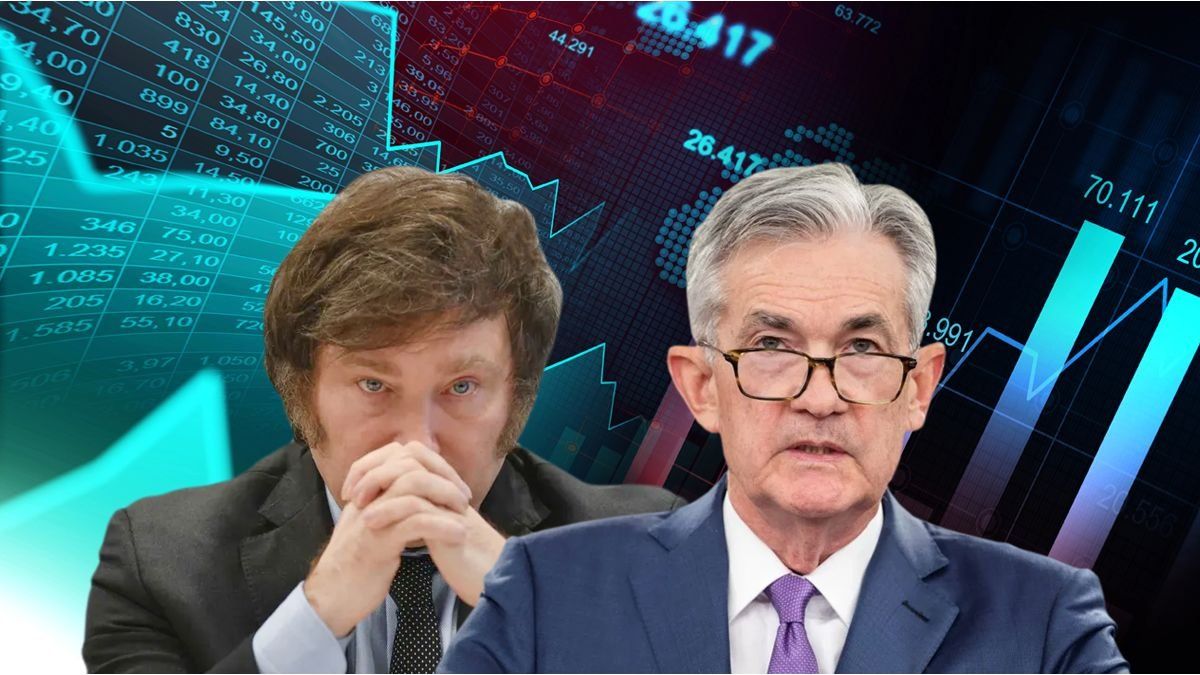A private report analyzed some of the most important financial variables for Argentina that will determine the evolution of its economy, added to international events that also influence, such as foreign rates, the prices of agricultural commodities or the devaluation of the Brazilian real.
It should be noted that the consultant Econviews elaborate the Financial Conditions Index which seeks to measure how accessible credit is in Argentina for families, companies and the public sector.
“Although it is not intended to be a leading indicator of activity or reproduce better-known indicators such as country risk or credit conditions, The ICF adequately captures how financial conditions impact the real economy“, they highlighted.
In 2024 the ICF rose 255 points, a record since 2009 (+291). The difference is that that year the increase came from external conditions, after the subprime crisis, and this year it was due to local situations.
In this regard, they explained: “The rally continued in December and the ICF stood at 103 units, 12 points more than in November. Last month, at the local level, the Merval stood out, which exceeded $2,300, and interest rates after a new cut from the Central Bank However, The exchange gap rose to 13% on average, with an acceleration in parallel exchange rates at the end of the month“.
These are the seven conclusions reached by this consultancy after analyzing the ten main local and ten international variables to explain the business climate in Argentina What is expected for 2025.
Stocks Outperform Bonds in 2024
The Merval rose 124% in dollars end to end, while, on average, sovereigns gained 93%. In the last 15 years, the performance of Argentine stocks is close to the US S&P 500 index, although with a lot of volatility. The question is how much further they have left. In the first days of January, bonds gained momentum and the country risk fell below 600 points, the lowest level since the end of 2018.
The nominal value drops another step
Inflation was 2.4% in November, less than what the market expected. The Central Bank went ahead by lowering the policy rate from 35 to 32% TNA. And in January it may slow down the “crawling peg” of the official dollar from 2 to 1%. High frequency indicators show that inflation did not continue to decline in December, with greater pressure from meat and other seasonal products. But in January the COUNTRY tax effect plays.
Stocks until October
The one-year devaluation implicit in future dollars fell from 26 to 23%, and contracts price an average of 1.5% monthly until the elections. This is consistent with the path that the Central Bank is aiming for, and with not lifting exchange controls and closing a gap that is currently around 16%. The cost will be a lower accumulation of reserves, but in an election year the government prioritizes not interrupting disinflation.
With Trump there will be less rate cuts
In December the Fed updated its macro projections and raised the policy rate by 50 bps by the end of 2025, to 4%. That is to say, there would only be two cuts this year. The yield on the 10-year US Treasury bond rose from 4.2 to 4.6% in the last month, a sign that markets also view monetary policy as tightening.
The inflationary impact of the tariffs proposed by Trump, added to his expansive fiscal program, could put a brake on the post-2023 rate reduction cycle.
Follow the superdollar
The dollar has strengthened 4.8% since Trump won and remained strong in January. The Mexican peso jumped again to 20.30, the Brazilian real does not go below 6.10. In both cases, local politics also influences, especially in Brazil where Economy Minister Haddad has not yet found Lula’s support for fiscal adjustment.
The traffic light is still very green
Of the 10 local variables, 8 are in a comfort zone, above their historical average 2005-2024. Deposits in dollars and Merval are the most notable. The only two places in yellow, an area of moderate stress, are the long-term liquidity measured by the relationship between deposits and credits, which has been falling due to the rapid expansion of credit, and the interest rate, which despite the cuts remains above from the historical average (which includes many years of financial repression).
The world can get complicated
At 35 points, the external subindex is close to all-time highs. There is a greater chance that it will get worse than better in the coming months.. It remains to be seen how much of Trump’s rhetoric was campaign speech and how much ends up being applied. In December, the volatility of stocks and emerging currencies was greatly reduced (they were among the best variables month after month), but that may change in January, when Trump assumes the presidency.
Source: Ambito




